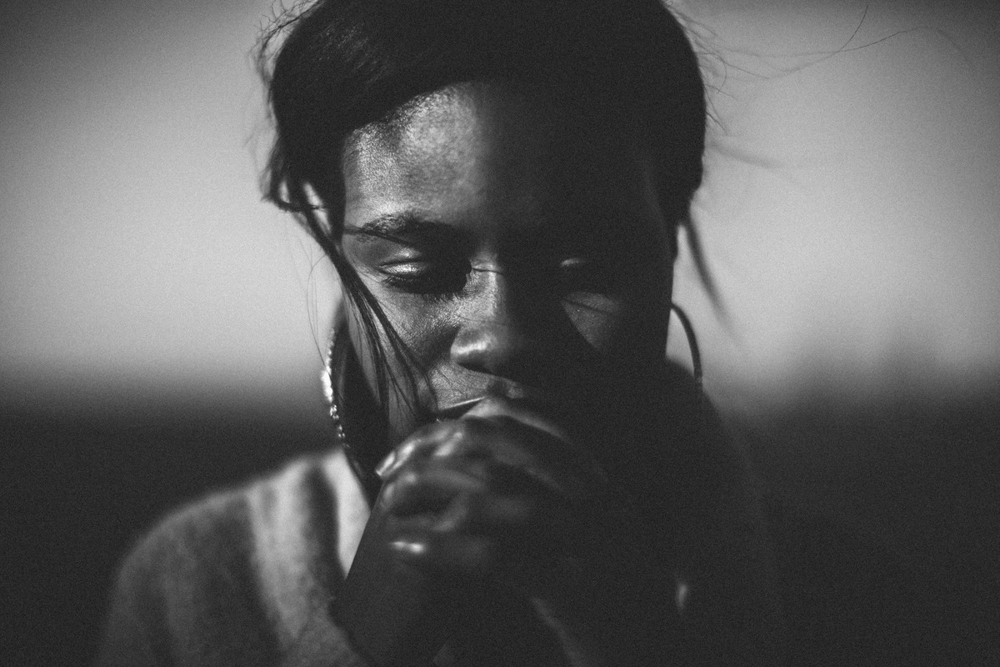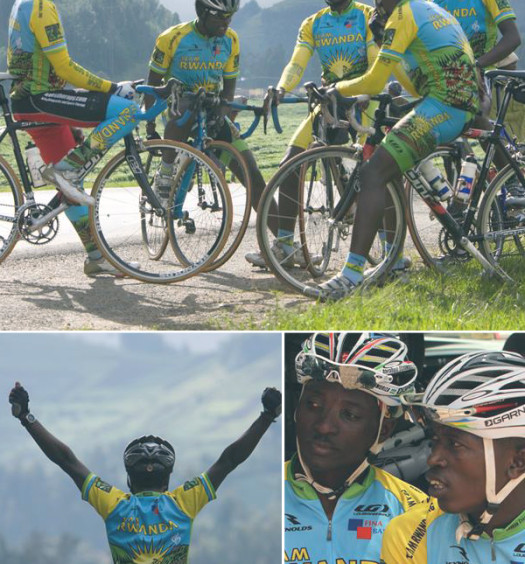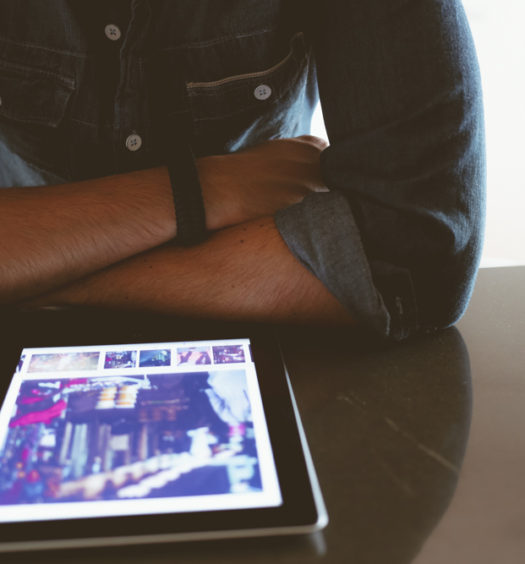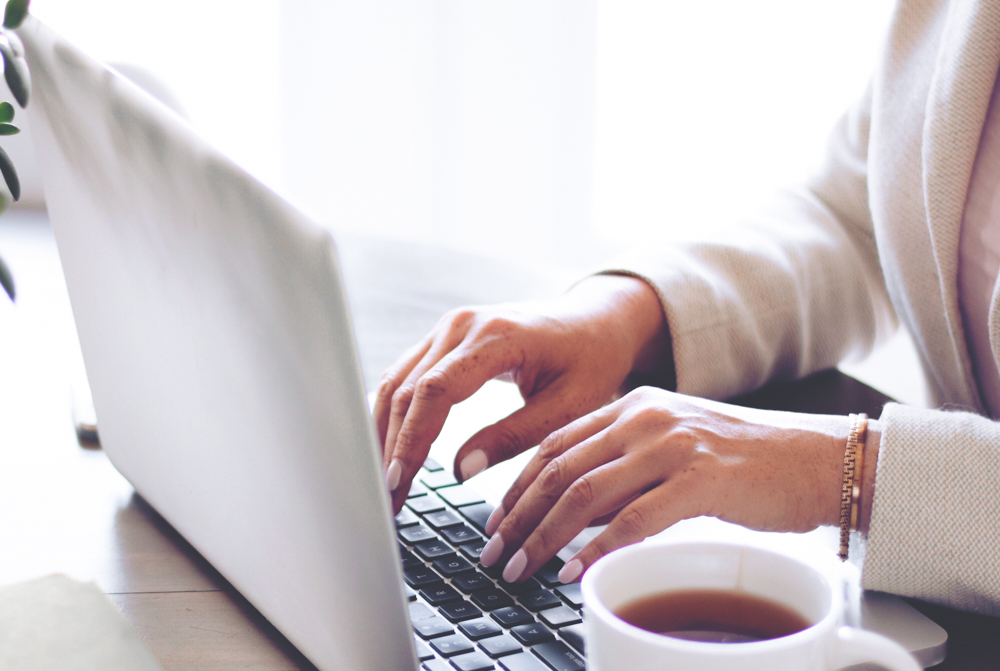What You Need To Know About Human Trafficking Today
“The victims of this crime each have a name,” says Secretary of State John Kerry, referring to the victims of human trafficking. Just this past July, he released the 2015 Trafficking in Persons Report, which includes the most up to date information exposing the extent of the problem throughout the world and presenting much needed solutions in order for us to continue making progress toward creating a free world.
Thankfully, the reality of human trafficking and modern day slavery is slowly and steadily being brought to the light. More information is reaching the ears of people who may be able to recognize signs and rescue victims. More businesses are considering how they might produce more ethically. And governments are putting more legislature into place that will help prevent victimization and prosecute the criminals involved.
Sex trafficking is perhaps one of the most well known types of trafficking. Women, children, and even men are coerced, deceived, or kidnapped and forced to daily perform sexual acts against their will, unable to leave due to threats of harm to themselves or their loved ones. Though it may look different depending on the country, this is a problem throughout the world. In America, it is possible that someone has been lured into the trade, working every night, while still maintaining a “normal” life during the day.
Forced labor is another extremely common form of slavery, especially in poorer countries. Often promised a job and a better life in another country, victims leave their families, with high hopes of financial freedom. Yet, they are faced with a rude awakening when they arrive at their destination when they are stripped of their documentation and identities and often told they cannot leave until they pay back a debt incurred through relocation… a debt that is most likely impossible to repay, considering they are working for pennies a day. They are often physically, sexually, and emotionally assaulted in order to even further instill fear and prevent them from trying to escape their conditions. In many of these situations, people are working in dangerous conditions and exposed to chemicals that are extremely harmful to their health.
- Extreme poverty. In many places of the world, destitute people fall for the lies of recruiters promising financial stability and freedom. Many times, children are sold by their parents in order to pay back a debt.
- Lack of education. Victims would be less likely to be tricked and coerced if they knew what to look out for when being promised a better life.
- Consumerism and lack of transparency in supply chains. Consumers like you and I are more likely to contribute to the problem when we buy products made by those enslaved because of the lack of transparency from companies selling these products.
- Discrimination against women and minorities. In many countries, harmful cultural norms put some people groups at greater risk of being treated as commodities instead of human beings.
- Corruption of governments. Several countries throughout the world are doing nothing to comply with the standards set forth to solve this problem, and others still are contributing to it. These governments do not protect those at risk, and do not prosecute those committing the crimes.
- Organized crime. Because of the reach and network of organized crime, recruiters are able to systematically enslave people, avoiding barriers of their own, and make a huge profit doing so.
- Natural disasters and mass migrations. These events displace large numbers of people who lack security, stability, and organization. This puts them at greater risk of being coerced and deceived.
Our voices are powerful, so let’s use them. Have conversations with the people around you and keep bringing the problem to the light. Use your networks and social media to raise awareness and show support for fair trade businesses. Start asking questions about where your products come from and get excited to know you are working toward making our world fair and free.
For more great info and to read the 2015 Trafficking in Persons Report, click here.
FROM THE EDITOR
At Conscious, we are inspired by remarkable people and organizations, and so we set out to tell stories that highlight global initiatives, innovation, community development, and social impact. You can read more stories like this when you subscribe.




